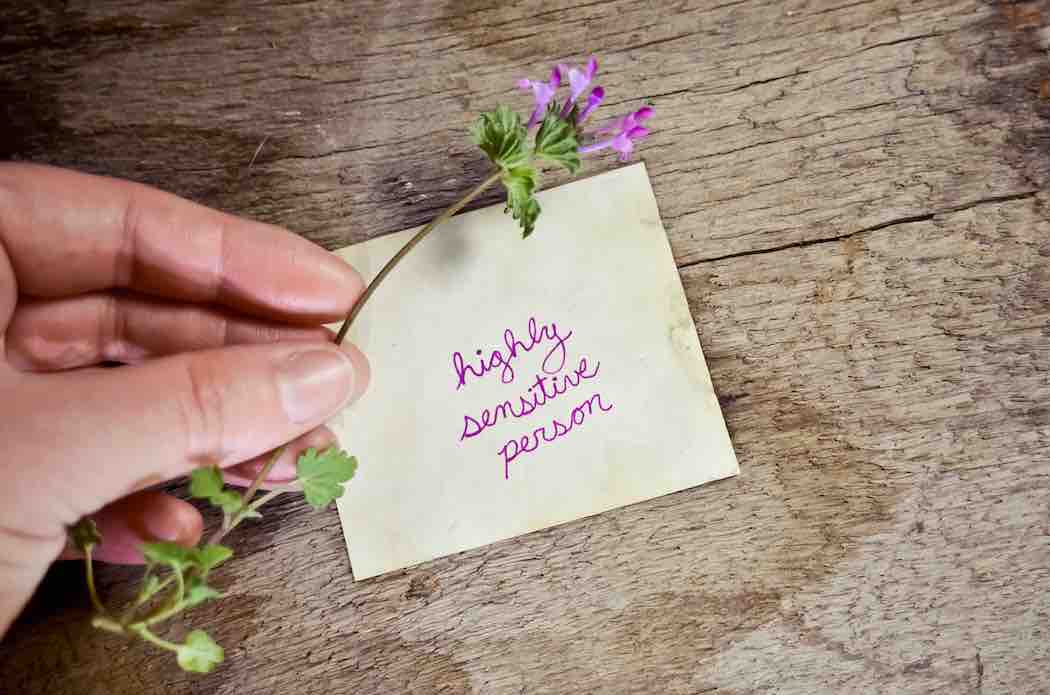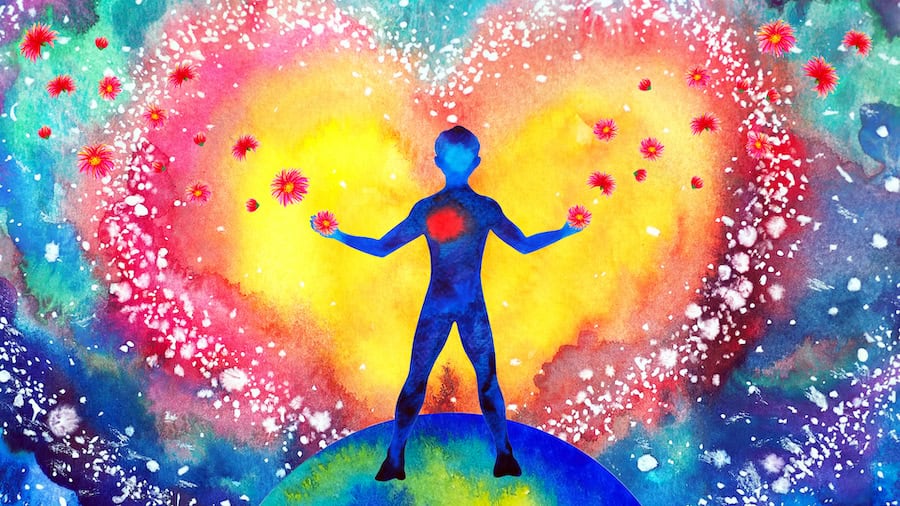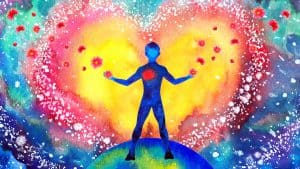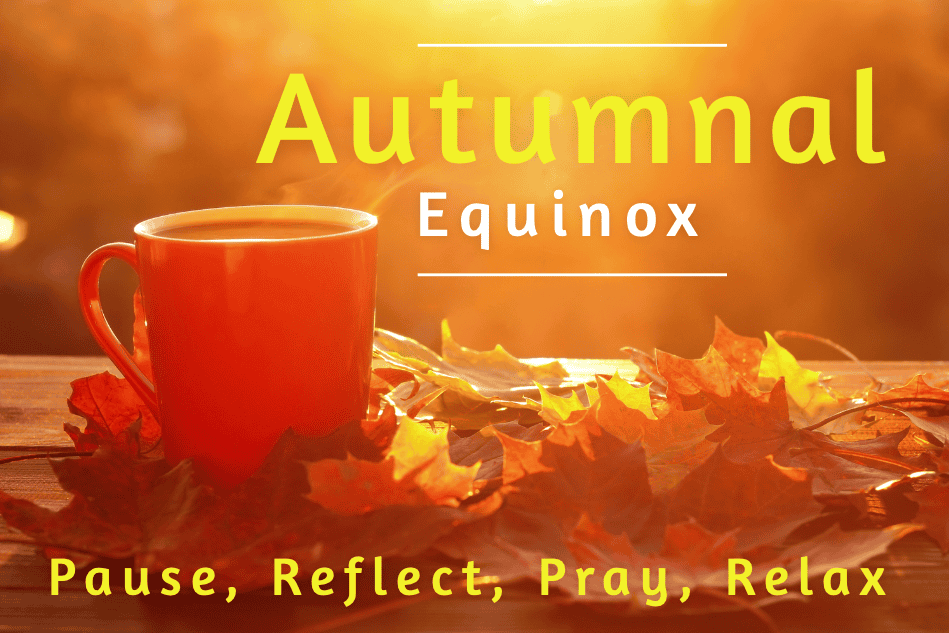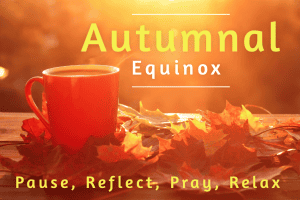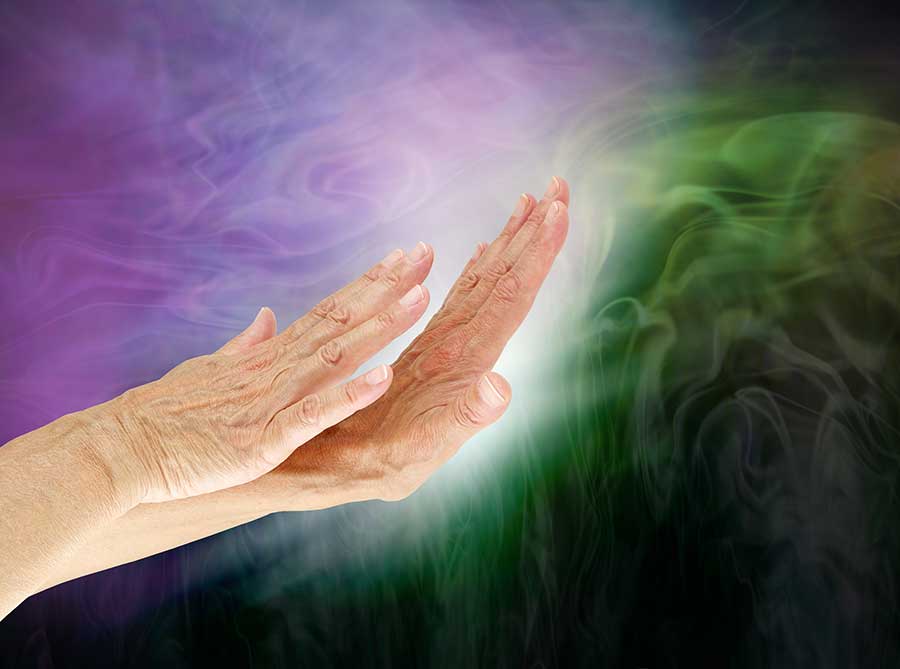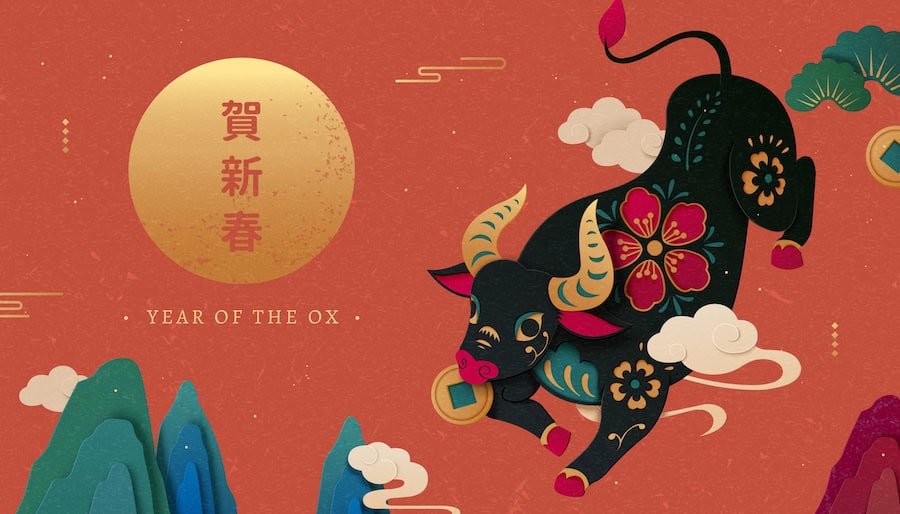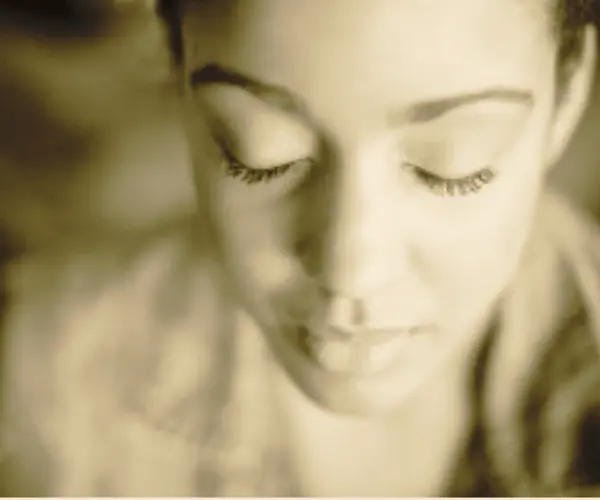
We have all been through hell and back. Life can be quite the challenge. While it’s helpful to soldier through it all and do our best to stay positive, it’s not too healthy to ignore what is stored within our bodies.
Emotions from life’s challenges and trauma can be stored in our organs for the entirety of our lives. These emotions connect with toxic memories. When we work to release it all, it can be even more painful – but in the long run, we clear ourselves for smooth and peaceful sailing ahead!
Working through past trauma can be one of the most horrible experiences you may face in your life. Living through that experience once was terrifying enough. Having to relive it in order to process what you felt during that time may be more than you can bear.
Somatic Experiencing uses the mind-body connection to help you stay calm during triggering events and to find your way back to a more peaceful way of being. It also helps you to release the excess energy that you may have trapped in your body – when the original trauma occurred.
Read on to learn more about Somatic Experiencing and how it could help you move forward into a happier life.
What Does Trauma Do to a Person?
Before we dive into the process of Somatic Experiencing Therapy, let’s talk some about how trauma impacts us.
After a traumatic event, many people experience post-traumatic stress disorder. This is not a cute little thing. It can be the most difficult thing you’ve ever dealt with in your life.
PTSD is a condition that produces several physical symptoms. PTSD can range in severity from a mild inconvenience to an incapacitating disorder. In some cases, a PTSD patient may choose to be institutionalized for a time. This might help the person establish new boundaries and processes in her life.
Nightmares are one of the more common symptoms of PTSD, often in the form of panic attacks. These are usually flashbacks and reimaginings of the original event, in which the person seems to relive the traumatic event and various related trajectories.
Panic attacks, anxiety, and insomnia also tend to go along with this disorder. In the most extreme and serious cases, a patient may lose the ability to differentiate from their flashbacks and nightmares and reality.
If you’re experiencing these things, you can choose to work with a Somatic Experiencing therapist, a Traditional Chinese Medicine practitioner, a CBT or ACT therapist, and more.
There are MANY options for healing if you are feeling completely freaked out & messed up by a horrible event in your life.

What is the Freeze Response
For many people, PTSD symptoms are born from the “freeze” response to danger. You may have heard that, when animals are exposed to danger, they have a fight or flight instinct in which they choose to fight for their lives or run away. However, there is also a lesser-known response to danger: the freeze response.
Here are some freeze response examples:
- Stop dead in your tracks, unable to move or respond to a situation
- Acting similar to a deer in the headlights, even though the danger is barreling towards her, the lovely animal soul is wholly unable to move forward.
- Shallow breathing, staring blankly and avoiding eye contact
- Cognitive dissociation and feeling detached, numb, disoriented, unable to make decisions or take action
- Emotionally shutting down, feeling overwhelmed and helpless, withdrawn or socially isolated
Freeze response examples can be a severe emotional response or more of an emotional and cognitive shutdown. This response is central to prior and ongoing trauma, whereby we feel trapped in the moment of danger even after the threat has passed.
What Is Somatic Experiencing?
Somatic Experiencing is a therapy technique – much like others invented like neurofeedback and ACT – that aims to help people to process their traumas and find new ways to move forward. Peter Levine, who developed the theory, believed that our nervous systems might never move forward past where they were in the moment we were traumatized. Our emotions and memories get “stuck” there and have to be “reset” before we can feel empowered and clear enough to live our lives in the present moment.
Dr. Levine noticed that while people are often traumatized by the dangers we face, animals don’t deal with the same sorts of ongoing trauma. He believed this was because, at the time of the threat, their bodies let off enormous amounts of energy, even after they escaped the threat.
Because we don’t expand this energy in the same way, that energy gets trapped in our bodies. Later, when we might least expect it, these energies can become expended. This might occur at inappropriate moments when unrelated triggering events take us back to the original traumatic event.
If you’re experiencing any of these symptoms or trauma symptoms right now, it’s important to seek the help you need to open up your mind and heart so you can expand. If you’re feeling this right now, see if you can breathe through it and find some tears. If not, call a friend to be present with you at this moment.
When you’re feeling clear and open enough, formulate a plan to find the best modalities for your healing and recovery.
Why is Somatic Experiencing Important?
Somatic Experiencing is extremely useful as a treatment for PTSD and other trauma-based disorders. Even challenging one-off experiences can leave an imprint within us. You might consider using Somatic Experiencing to heal even the smallest fissures within your Being and body.
Oftentimes, people may feel guilt, shame, or anger after a traumatic event. Working through the mind-body connection can help to ease these painful feelings and get your body back into a healthy rhythm.
In some cases, Somatic Experiencing Therapy can help with physical symptoms related to previous traumas. This can include muscle tension, chronic pain, digestive problems, and even sleep issues.
Dealing with the physical trauma symptoms can give us more resources to handle the psychological aspects that are driving them.
Recognizing Bodily Sensations in Somatic Experiencing
One of the first steps of Somatic Experiencing is to start recognizing the bodily sensations you’re feeling in this moment. In many cases, people aren’t aware of the physical response they’re having to a situation or how badly it’s affecting them. They might not realize the pain in a knee or a twitch in an arm is born from a prior trauma or their body’s reaction to a new event in the moment.
For instance, you may not realize how tense a muscle is until it relaxes and you feel what it’s like not to have that strain there.
- Your Somatic Experiencing therapist might begin your therapy by helping you become more aware of the physical sensations you’re experiencing.
- Your SE therapist may use mindfulness and other meditation techniques to help you discover any tension, pain, or discomfort you may be feeling.
- The most wonderful Somatic Experiencing Therapists will help you note these sensations without judgement, fear, or the intent to fight them.
Just like in The Sedona Method, it’s all about witnessing what is there, embracing it, accepting it, and then releasing it.

Somatic Therapy Examples
Somatic therapy gives you a gentle approach for working through past trauma by tapping into your body’s natural ability to heal and release stored tension.
1) Somatic Experiencing Resourcing
Once you’ve become aware of what your body is holding and experiencing, your Somatic Experiencing therapist will help you start tapping into the inner pool of resources you have to deal with these challenges.
Resourcing can seek the tools you need to handle that excess stored energy when it emerges. Soon enough, you’ll be able to draw on a deep inner pool of peace, strength, and resilience.
Your SE therapist will begin by asking you to remember a place, person, or thing that you love and that you associate with positive memories. When you start feeling that excess energy being triggered, you’ll learn to draw on this source of positivity in your life.
This can help you remain calm and present as the energy expands itself, making it easier to transition back into your most healthy and vibrant rhythms.
2) Somatic Experiencing Titration
Once you firmly establish your resources and tools, your SE therapist will begin putting your new coping and healing mechanisms to the test. Armed with the tools to deal with it, you’ll begin wading back into your trauma, re-examining the event that threw your life into chaos. This will be a gradual process that allows you to slowly build your resourcing response until it’s strong enough to tackle the next challenge.
This process is known as titration. It stays focused around the physical sensations you experience as you relive that past trauma.
You’ll step through the traumatic event in slow motion. Meanwhile, your Somatic Experiencing therapist will watch your body language and physical responses. They may also ask you to report if you’re feeling hot or cold sensations, dizziness, numbness, or an overwhelming sense of weightiness.
Your SE therapist might also ask about the emotions that are emerging and which ones feel overwhelming. They might help you walk through those emotions and eventually release them, while working through past trauma.
All of your healing is up to you. The more open and vulnerable you are with your SE therapist, the more you will heal.
Chanting mantras, sutras, and other types of prayers can help you improve your vibration. Doing so, your mind, heart, and body might naturally release many of the things your body has stored throughout years in this life – and from prior lives.
3) Somatic Experiencing Pendulation
As you begin to experience these releases and physical effects, your SE therapist will guide you through the process of Pendulation. Somatic Experiencing therapists believe these symptoms are the way your body discharges that excess energy – the emotional energy that’s still trapped and connected to the original traumatic experience.
Faster breathing, pranic breathing, clenched hands, and allowing dizziness, shaking, anger, and crying are all considered a helpful part of this discharge.
As you work through these releases, your SE therapist will guide you through the come-down process. They’ll help you slowly transition back into a calmer, more peaceful state. You’ll be able to experience these discharges in a safe, judgement-free space.
They may help you use certain breathing or relaxation techniques to ease back into a more relaxed state of energy. Doing so, you won’t be in danger of trapping that excess energy in your body – more so, you can eventually release all of it. The more you practice this pendulation, the more natural that response will become.
Learn More About Somatic Experiencing
Somatic Experiencing is an exciting technique that can help people process and release PTSD, old trauma, and the most challenging events.
Somatic Experiencing relies on the brain-body connection and inspires patients to walk through their physical and emotional trauma symptoms – all the while releasing all of the related imprisoned energy.
Although this technique is still considered “new,” it is helping millions of people walk through their body’s responses to traumatic experiences and become healthier and happier than ever before.
I am here to help you awaken and bravely create an inspired life. Learn more about my loving services today and start changing your life in the most positive way.
REMEMBER!
You are a beautiful Living Being filled with light and love, born from stardust. You have unlimited potential in every direction. With a focus on discipline, virtue, and your own goodness, you can become as expanded and liberated as you desire.
Pray for others and the Universe prays for us.



